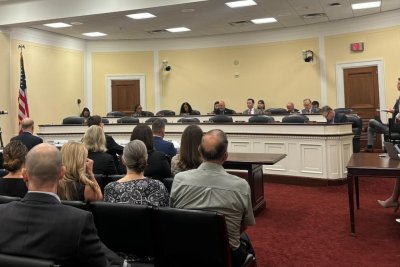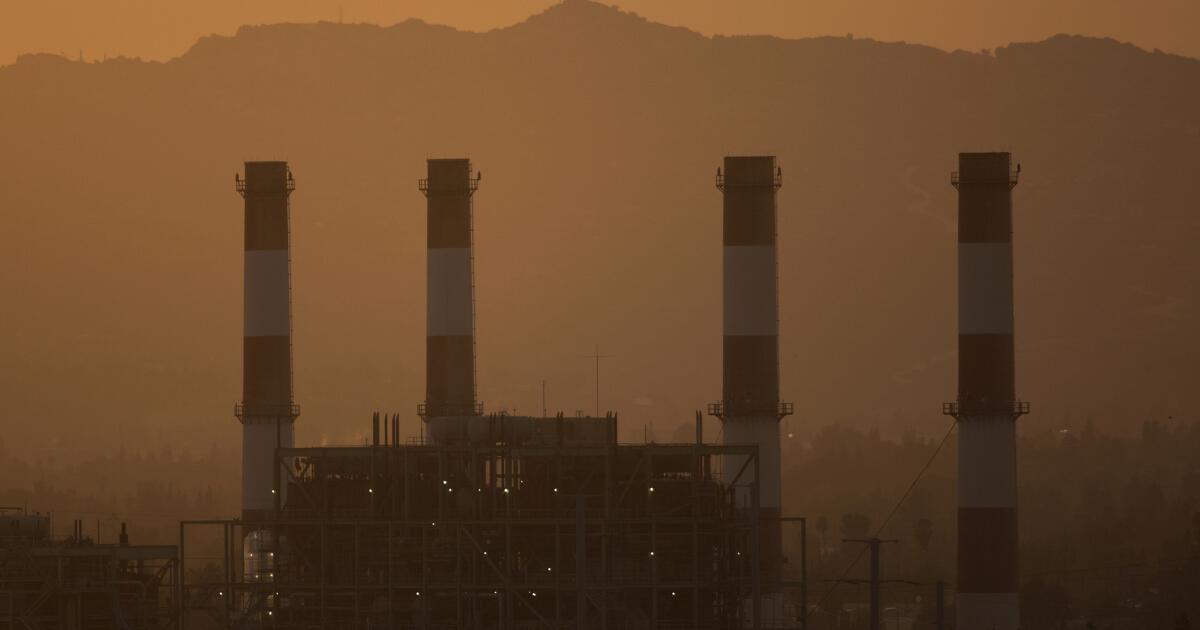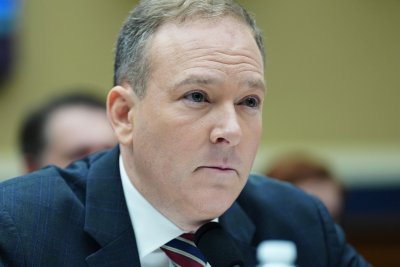Throughout his 2024 campaign for president, Donald Trump strongly and repeatedly denied any connection to Project 2025, the political platform document authored by the Heritage Foundation, a conservative think tank based in Washington, D.C.
“I have nothing to do with Project 2025,” Trump said during a debate with former Vice President Kamala Harris last September. He said he had not read the document, nor did he intend to.
Yet less than six months into his second stay in the White House, the president and his administration have initiated or completed 42% of Project 2025’s agenda, according to a tracking project that identified more than 300 specific action items in the 922-page document. The Project 2025 Tracker is run by two volunteers who “believe in the importance of transparent, detailed analysis,” according to its website.
Of all the action items, nearly a quarter are related to the environment through agencies such as the Environmental Protection Agency, the U.S. Forest Service, and the departments of the Interior, Commerce, and Energy. Further, it seems the environment is a high priority for the Trump administration, which has initiated or completed about 70% of Project 2025’s environmental agenda — or roughly two-thirds — according to a Times analysis of the tracked items.
That includes Project 2025 action items like rolling back air and water quality regulations; canceling funds for clean energy projects and environmental justice grants; laying off scientists and researchers in related fields; and withdrawing from the Paris Climate Accord, an agreement among nearly 200 countries to reduce greenhouse gas emissions driving global warming.
When asked about this overlap, the administration continued to downplay any connection between the president and Project 2025.
“No one cared about Project 2025 when they elected President Trump in November 2024, and they don’t care now,” White House spokesman Taylor Rogers said in an email. “President Trump is implementing the America First agenda he campaigned on to free up wasteful DEI spending for cutting-edge scientific research, roll back radical climate regulations, and restore America’s energy dominance while ensuring Americans have clean air and clean water.”
Project 2025 refers to climate change as an “alarm industry” used to support a radical left ideology and agenda.
“Mischaracterizing the state of our environment generally and the actual harms reasonably attributable to climate change specifically is a favored tool that the Left uses to scare the American public into accepting their ineffective, liberty-crushing regulations, diminished private property rights, and exorbitant costs,” it says in a chapter about the EPA.
The author of that chapter, Mandy Gunasekara, served as the EPA’s chief of staff during Trump’s first administration. In the document, she recommends that the president undertake a number of actions to reform the EPA, including downsizing the agency, eliminating its Office of Environmental Justice and Civil Rights, and instituting a pause and review of grants — all of which Trump has done.
That same chapter also recommends that the president undermine California’s ability to set strict vehicle emission standards, which Trump vowed to do shortly after taking office; the Senate this week voted to revoke California’s rights to enact policy on the issue.
Gunasekara did not respond to a request for comment.
Matthew Sanders, acting deputy director of the Environmental Law Clinic at Stanford, said these and other Project 2025-mandated moves could have far-reaching ramifications. He noted that 11 other states had chosen to follow California’s emission rules.
“What California does impacts what the rest of the nation does,” Sanders said. “In that sense … decisions about how to effectuate the Clean Air Act mandates are technology-forcing for much of the nation, and isolating California and eliminating its ability to do that will have profound consequences.”
The EPA isn’t the only agency affected by environmental policy changes mirrored in Project 2025.
The Trump administration has also directed the Department of Energy to expand oil and gas leasing in Alaska, eliminate considerations for upstream and downstream greenhouse gas emissions, and expedite the approval of liquefied natural gas projects, all of which were recommendations outlined in the document.
The Interior Department, which oversees U.S. national parks and public lands, has seen rollbacks of at least a dozen of President Biden’s executive orders that prioritized addressing climate change, as well as the termination of a Biden-era policy to protect 30% of U.S. land and water by 2030, also known as the 30×30 plan.
In April, Trump issued an executive order opening up 112.5 million acres of national forestland to industrial logging, as outlined on page 308 of Project 2025. The president said the move — which will touch all 18 of California’s national forests — is intended to increase domestic timber supplies, reduce wildfire risk and create jobs.
Sanders said actions on public lands are particularly consequential, not only for the extraction of resources but also for protected species and their habitats. The president has already taken Project 2025-mandated steps to lessen protections for marine life and birds, and has called for narrowing protections afforded by the Endangered Species Act.
He also expressed concern about Trump’s Jan. 20 proposal to revise or rescind National Environmental Policy Act (NEPA) regulations that require federal agencies to consider the environmental impacts of their actions — a step recommended on page 60 of Project 2025.
While the president described NEPA and other rules as “burdensome and ideologically motivated regulations” that limit American jobs and stymie economic growth, Sanders said such framing is an oversimplification that can make the environment a scapegoat for other administrative goals.
“When we make these decisions in a thoughtful, careful, deliberate way, we actually can have jobs and economic development and environmental protection,” he said. “ I don’t think that those things are inherently opposed, but the administration, I think, gets some mileage out of suggesting that they are.”
Indeed, the Commerce Department, which houses the National Oceanic and Atmospheric Administration, National Weather Service and other climate-related entities, has also seen changes that follow Project 2025’s playbook. The document describes the agency as “one of the main drivers of the climate change alarm industry and, as such, is harmful to future U.S. prosperity.”
In recent months, the president has made moves to “break up” NOAA — a directive also found on page 674 of the Project 2025 document — including laying off hundreds of staffers, closing several offices and proposing significant cuts to its research arm.
The administration has similarly taken Project 2025-recommended steps to shift disaster relief responsibilities away from the federal government and onto the states; loosen energy efficiency standards for appliances; and rescind USAID policies that address climate change and help countries transition away from fossil fuels, among others.
These are some of nearly 70 environmental action items identified in the Project 2025 Tracker, of which 47 are already completed or in progress less than 150 days into President Trump’s second term.
Tracking the administration’s progress is a somewhat subjective process, in part because many of the directives have come through executive orders or require multiple steps to complete. Additionally, many goals outlined in Project 2025 are indirect or implied and therefore not included in the tracker, according to Adrienne Cobb, one of its creators.
Cobb told The Times she read through the entire document and extracted only “explicit calls to action, or recommendations where the authors clearly state that something should be done.”
“My goal was for the tracker to reflect the authors’ intentions using their own words wherever possible,” she said. “By focusing on direct language and actionable items, I tried to create a list that’s accurate and accountable to the source material.”
Though the Trump administration continues to deny any connection to Project 2025, the creators of the massive tome were always clear about their presidential intentions.
“This volume — the Conservative Promise — is the opening salvo of the 2025 Presidential Transition Project,” Heritage Foundation President Kevin Roberts wrote in its forward. “Its 30 chapters lay out hundreds of clear and concrete policy recommendations for White House offices, Cabinet departments, Congress, and agencies, commissions, and boards.”








